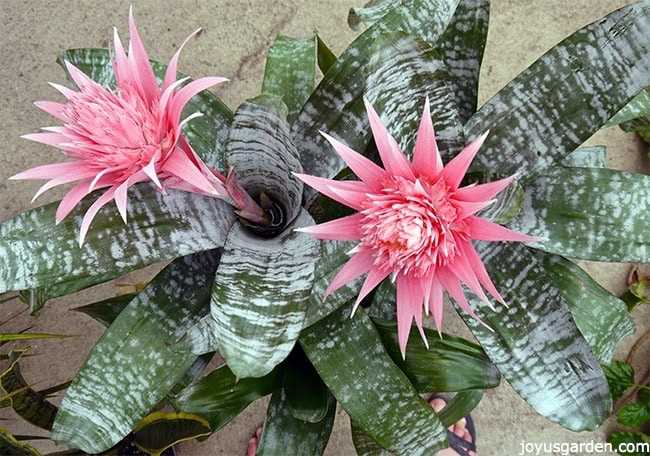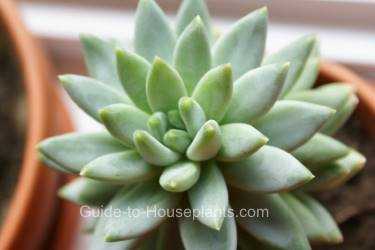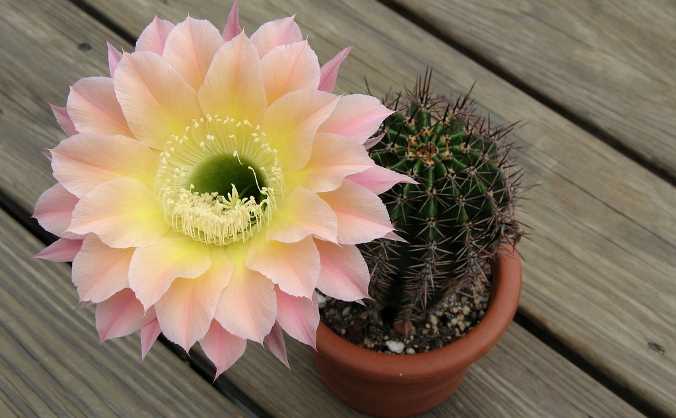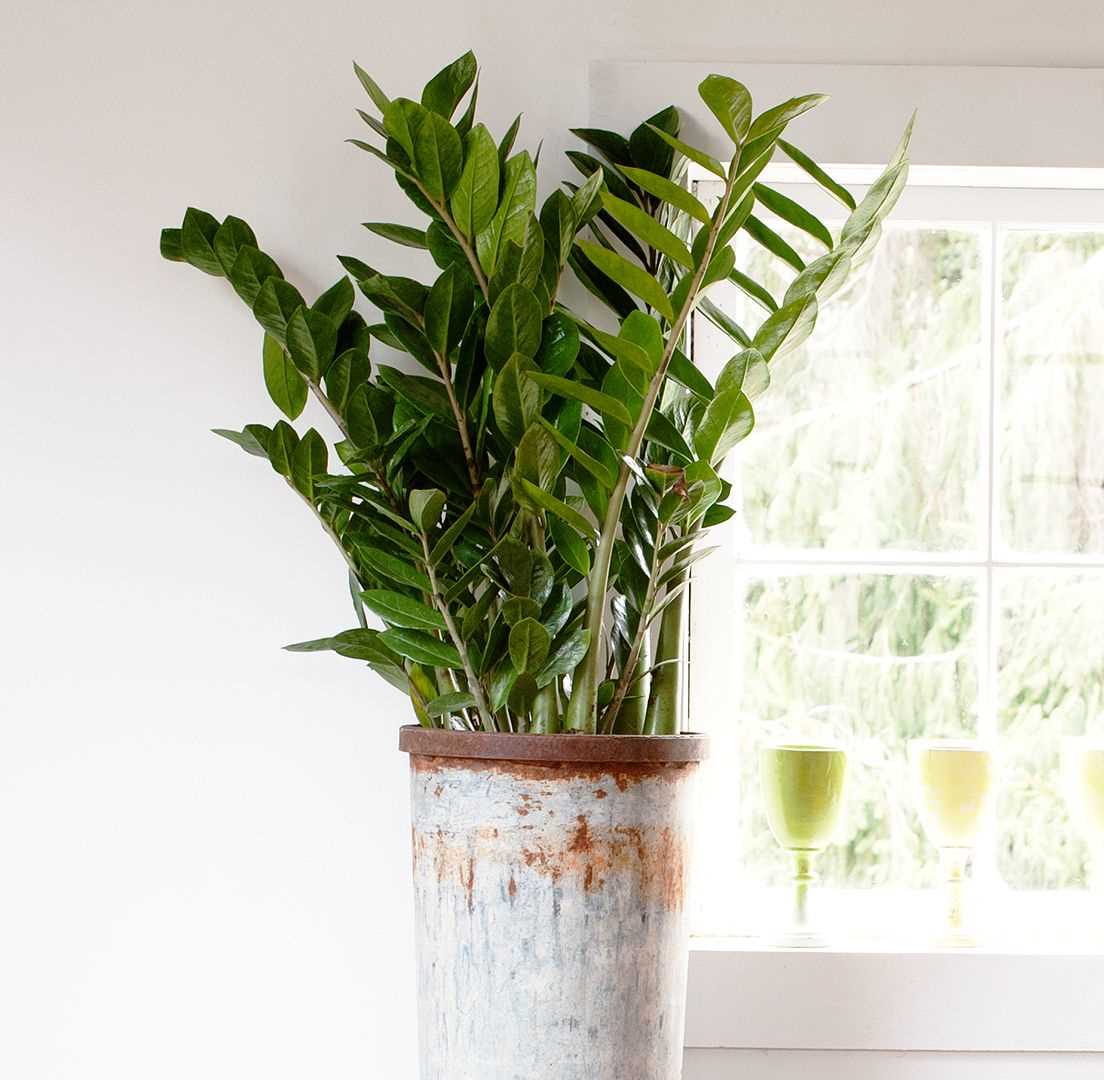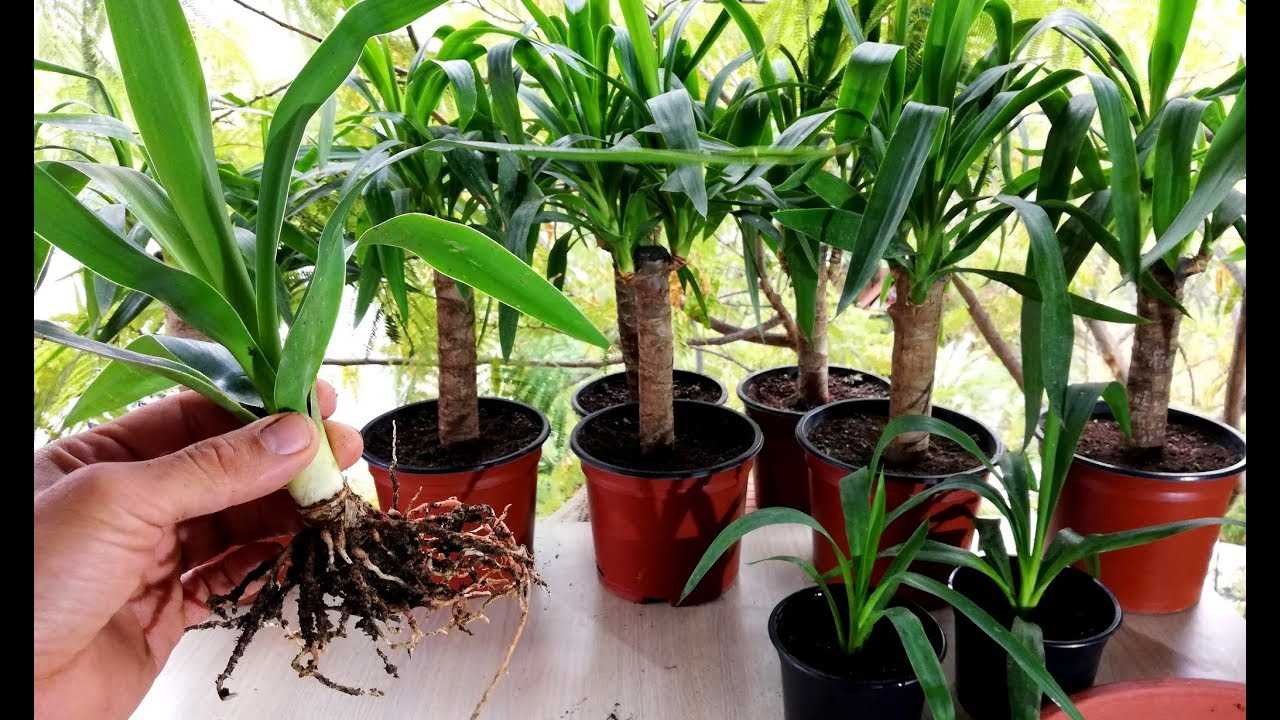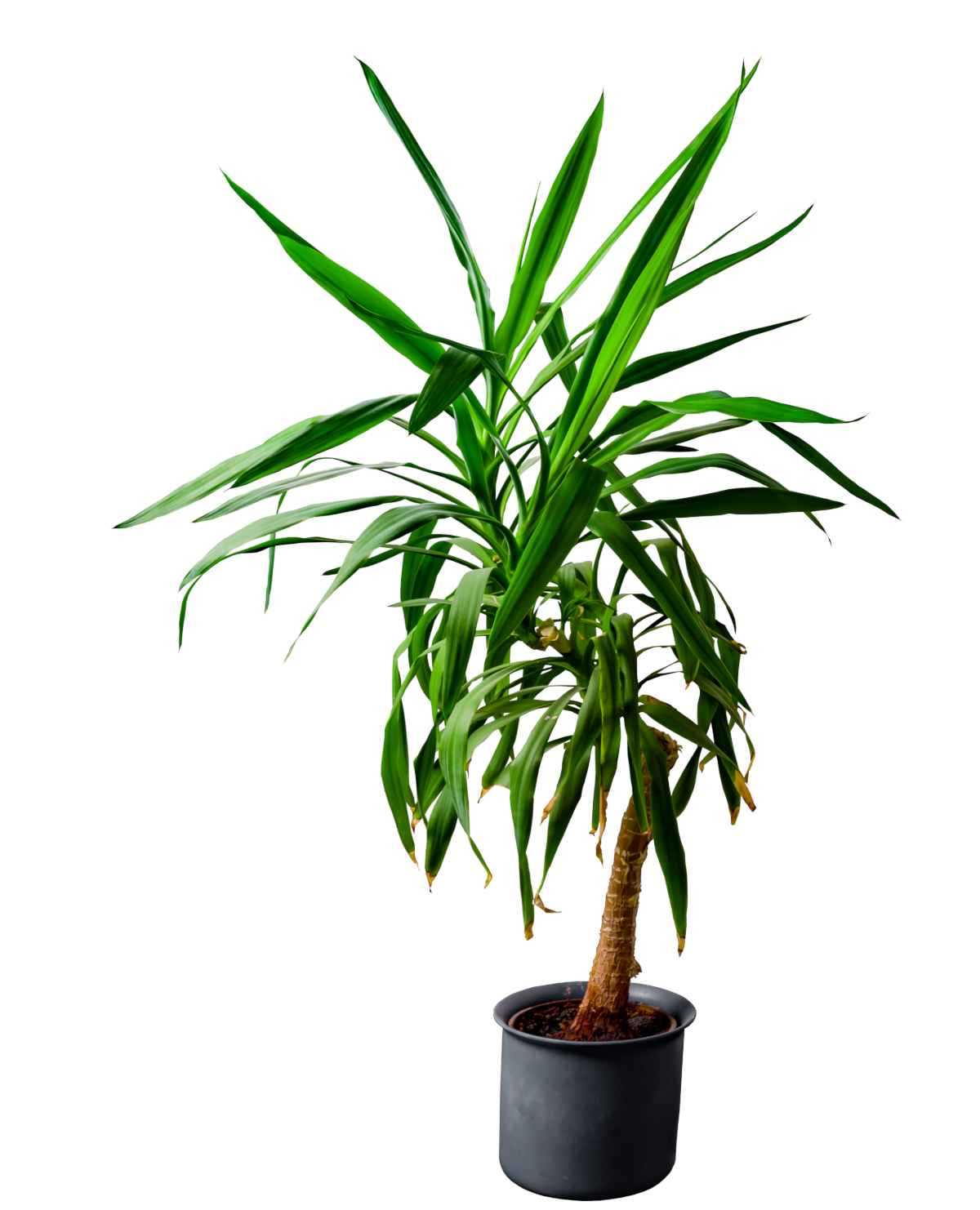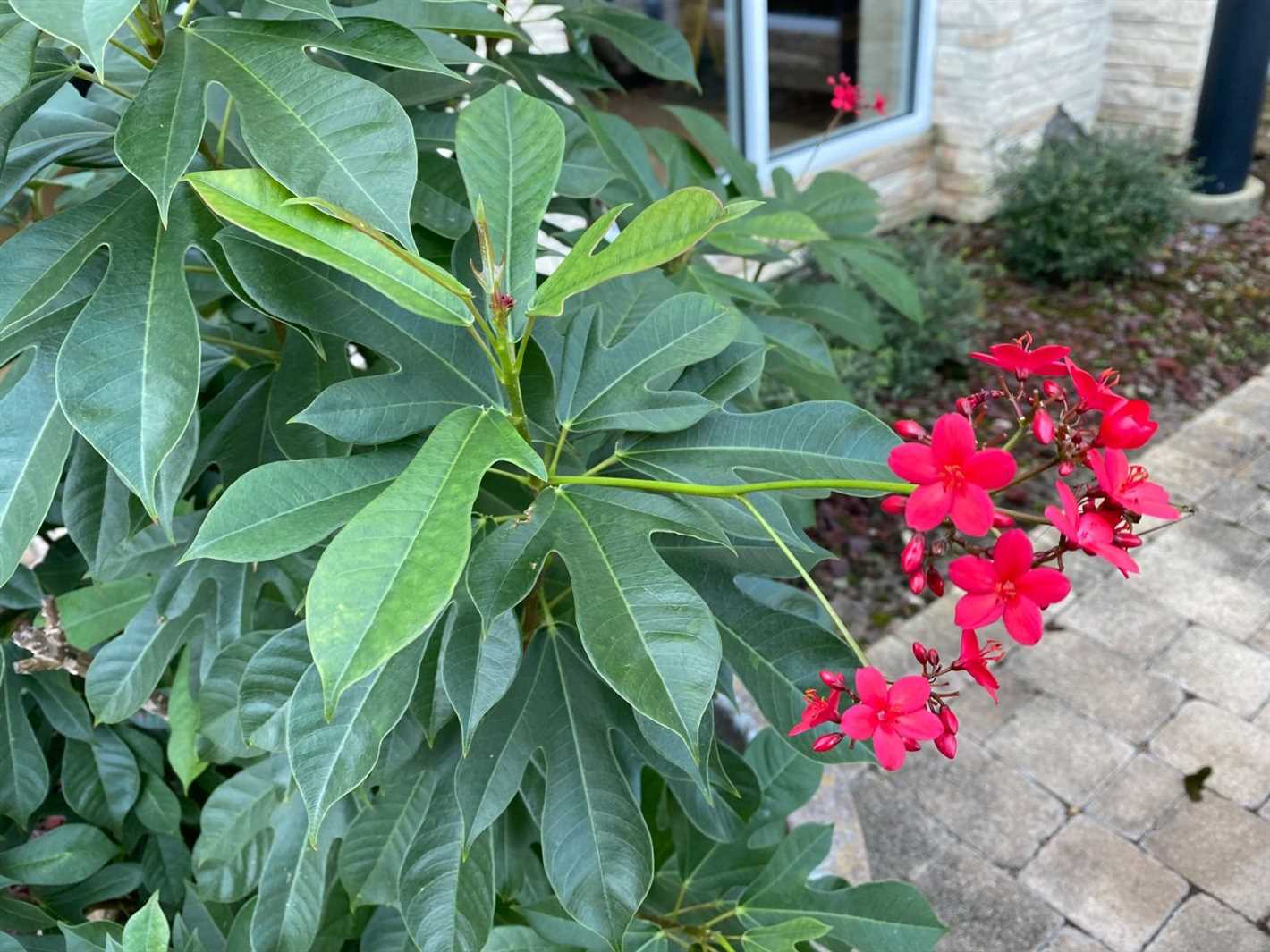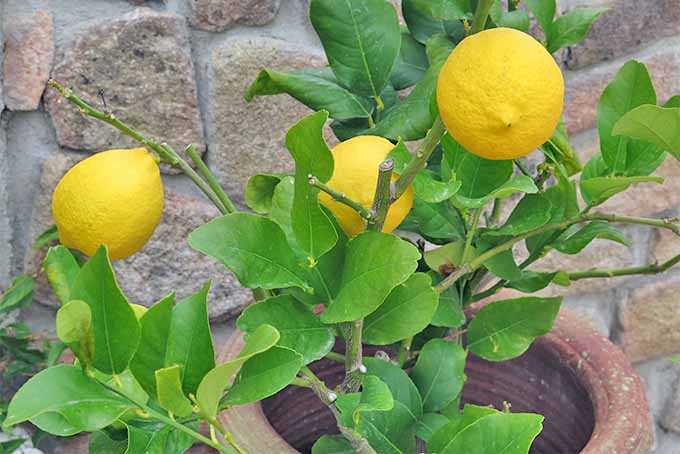- Revive Your Violets: Discover the Power of Hydrogel
- How Does Hydrogel Work?
- Steps to Revive Your Violets with Hydrogel
- The Benefits of Using Hydrogel
- Conclusion
- Understanding the Benefits of Hydrogel
- Step-by-Step Guide: Rejuvenating Your Violets with Hydrogel
- Step 1: Gather Your Supplies
- Step 2: Rehydrate the Hydrogel
- Step 3: Prepare Your Violet Plants
- Step 4: Add Hydrogel to the Pot
- Step 5: Repot Your Violets
- Step 6: Water and Fertilize
- Step 7: Monitor and Maintain
- Choosing the Right Hydrogel for Your Violets
- Consider the Water Absorption Capacity
- Check for Non-Toxicity
- Choose the Right Particle Size
- Consider Longevity
- Read Reviews and Recommendations
- Consult with Your Local Gardening Expert
- Tips and Tricks for Successful Violet Revival
- 1. Assess the condition of your violets
- 2. Provide proper lighting
- 3. Water your violets correctly
- 4. Use a well-draining potting mix
- 5. Maintain proper humidity levels
- 6. Feed your violets regularly
- 7. Prune and remove dead or diseased parts
- 8. Repot your violets as needed
- 9. Keep a consistent temperature
- 10. Be patient and observe
- Frequently Asked Questions about Hydrogel and Violets
- 1. What is hydrogel and how does it work?
- 2. How can hydrogel help to revive old violets?
- 3. Is hydrogel safe for violets?
- 4. How often should hydrogel be applied to violets?
- 5. Can hydrogel be used with other potting mixes?
- 6. Can I reuse hydrogel after it has been used with violets?
- 7. Where can I purchase hydrogel for violets?
- 8. Are there any alternatives to hydrogel for violets?
- Caring for Revived Violets: Maintenance and Beyond
- Watering
- Lighting
- Fertilizing
- Pruning and Pinching
- Potting and Repotting
- Pest and Disease Control
- Table of Care Guidelines
- Conclusion
- Q&A:
- What is hydrogel and how does it work?
- Can hydrogel help revive old violets?
- How do I use hydrogel to revive my violets?
- How long does it take for violets to show signs of improvement with hydrogel?
- Can hydrogel be used for other types of plants?
- Where can I buy hydrogel for plant care?
- Video: Repotting African Violets // Garden Answer
If you have old violets that are not looking their best, there may still be hope to bring them back to life. One method that has been gaining popularity among gardeners is the use of hydrogel. Hydrogel is a substance that can absorb and retain water, making it an excellent tool for rejuvenating dehydrated plants. In this article, we will explore how hydrogel works and how you can use it to revive your violets.
Hydrogel is a gel-like substance that is able to absorb and hold water many times its own weight. When applied to the soil around your plants, it acts as a water reservoir, slowly releasing water as the surrounding soil dries out. This is especially beneficial for violets, as they have a tendency to dry out quickly.
To use hydrogel to revive your violets, start by thoroughly watering the soil around the plant. This will ensure that the hydrogel has enough moisture to absorb. Then, apply a thin layer of hydrogel to the soil, making sure to spread it evenly. You can also mix the hydrogel with water before applying it, as this will help it absorb more quickly.
Remember to follow the instructions on the hydrogel packaging, as different brands may have slightly different application methods.
Once the hydrogel is applied, you can water your violets as you normally would. The hydrogel will continue to release water slowly, helping to keep the soil moist and preventing the violets from drying out. Over time, you will start to see your violets regain their health and vigor.
So next time you find your violets looking tired and dehydrated, don’t give up on them just yet. Give hydrogel a try and watch as your plants come back to life. Remember to be patient, as it may take some time for your violets to fully recover. Happy gardening!
Revive Your Violets: Discover the Power of Hydrogel
If you have old violets that are not looking their best, it might be time to rejuvenate them. One effective way to do this is by using a hydrogel. Hydrogel is a water-absorbing polymer that can help provide the necessary moisture and nutrients to revive your violets.
How Does Hydrogel Work?
Hydrogel consists of tiny particles that can absorb water and release it slowly over time. When placed in the soil, hydrogel can help retain moisture and prevent the soil from drying out too quickly. This is especially beneficial for violets, which prefer consistently moist soil.
The hydrogel particles also contain nutrients that can be slowly released into the soil, providing your violets with the vital elements they need to thrive.
Steps to Revive Your Violets with Hydrogel
- Remove your violets from their current pot or container and gently shake off any excess soil from their roots.
- Soak the hydrogel particles in water according to the package instructions.
- Place a layer of soaked hydrogel at the bottom of a new pot or container.
- Reposition your violets in the pot, making sure to spread out their roots evenly.
- Fill the pot with a mixture of soil and the remaining soaked hydrogel particles.
- Press the soil gently around the violets to secure them in place.
- Water the violets thoroughly to activate the hydrogel particles.
- Place the pot in a location with bright, indirect light, and maintain consistent moisture levels by checking the soil regularly.
The Benefits of Using Hydrogel
- Improved water retention: Hydrogel can help prevent overwatering or underwatering by releasing water slowly and maintaining moist soil conditions.
- Long-lasting results: As hydrogel releases water and nutrients gradually, the effects can last for several weeks, ensuring your violets receive a steady supply of what they need to thrive.
- Convenience: Using hydrogel reduces the frequency of watering, making it easier to care for your violets, especially if you have a busy schedule.
Conclusion
Reviving your violets with hydrogel offers an effective way to bring new life to your plants. By providing consistent moisture and nutrients, hydrogel can help your violets thrive and bloom again. Give your violets a fresh start with the power of hydrogel!
Understanding the Benefits of Hydrogel
Hydrogel is a substance that has gained popularity in recent years for its unique properties and benefits in various industries. When it comes to reviving old violets, hydrogel can be an invaluable tool. Here are some of the benefits of using hydrogel:
- Moisture retention: Hydrogel has the ability to absorb and retain large amounts of water. This is especially beneficial for plants like violets that require consistent moisture for optimal growth. The hydrogel slowly releases moisture to the plant’s roots, ensuring they stay hydrated for longer periods of time.
- Improved nutrient uptake: Hydrogel can also help enhance the plant’s ability to absorb nutrients from the soil. It creates a favorable environment around the plant’s roots, allowing for better nutrient uptake and overall plant health.
- Reduced watering frequency: By using hydrogel in your violet pots, you can significantly reduce the frequency of watering. This is especially advantageous for busy individuals or those who may be prone to forgetting to water their plants regularly.
- Enhanced root development: The use of hydrogel promotes the development of strong and healthy roots. It provides a stable environment for root growth and encourages the formation of new roots, which can help revive old violets and promote new growth.
- Long-lasting effects: Hydrogel has a long-lasting effect, maintaining its moisture-absorbing properties for an extended period of time. This means that you won’t have to constantly replenish the hydrogel in your violet pots, making it a convenient choice for plant enthusiasts.
In conclusion, hydrogel offers numerous benefits when it comes to reviving old violets. Its moisture retention capabilities, improved nutrient uptake, reduced watering frequency, enhanced root development, and long-lasting effects make it an excellent option for plant enthusiasts looking to rejuvenate their violets. Consider using hydrogel in your violet pots to provide your plants with the optimal moisture and nutrients they need for healthy growth.
Step-by-Step Guide: Rejuvenating Your Violets with Hydrogel
Step 1: Gather Your Supplies
Before you begin the process of reviving your violets with hydrogel, make sure you have all the necessary supplies handy. Here’s what you’ll need:
- Hydrogel beads or crystals
- A container for soaking the hydrogel
- Water
- Potting soil
- Pruning shears
- Fertilizer
Step 2: Rehydrate the Hydrogel
Take your hydrogel beads or crystals and place them in a container. Add water to the container, following the instructions on the packaging of your hydrogel product. Allow the hydrogel to absorb the water and swell up. This may take a few hours or overnight.
Step 3: Prepare Your Violet Plants
While the hydrogel is rehydrating, prepare your violet plants for rejuvenation. Trim off any dead or wilted leaves or flowers using pruning shears. Inspect the roots of the plant and trim away any rotting or damaged roots.
Step 4: Add Hydrogel to the Pot
Take your potting soil and mix it with the rehydrated hydrogel. Make sure the hydrogel is evenly distributed throughout the soil. The hydrogel will help retain moisture and provide a water source for the violets.
Step 5: Repot Your Violets
Choose a new pot that is slightly larger than the old one or use the same pot if it still has room for growth. Fill the bottom of the pot with a layer of the hydrogel-infused potting soil. Gently place the violets into the pot, making sure not to damage the roots. Add more soil around the sides and on top, pressing it down gently to secure the plants.
Step 6: Water and Fertilize
After repotting, give your violets a good watering to settle them in their new home. Be careful not to overwater – the hydrogel will help regulate moisture levels. Wait a few weeks before applying a balanced fertilizer to promote healthy growth.
Step 7: Monitor and Maintain
Keep an eye on your violets as they adjust to their new environment. Make sure the soil remains moist but not waterlogged. Give them plenty of indirect sunlight and avoid placing them near drafts or extreme temperature changes. Regularly remove any dead leaves or flowers to keep your violets looking their best.
Your violets should start showing signs of rejuvenation within a few weeks. With proper care and the help of hydrogel, you can bring your old violets back to their vibrant and blooming selves.
Choosing the Right Hydrogel for Your Violets
When it comes to reviving old violets, using a hydrogel can be a game-changer. Hydrogels are water-absorbing polymers that can help retain moisture in the soil, providing a constant water supply to the plants. However, not all hydrogels are created equal, and it’s important to choose the right one for your violets.
Consider the Water Absorption Capacity
One of the most important factors to consider when choosing a hydrogel is its water absorption capacity. Different hydrogels have varying abilities to absorb and hold water. For violets, it’s best to choose a hydrogel with a high water absorption capacity to ensure that your plants receive an adequate water supply.
Check for Non-Toxicity
Another crucial factor to consider is the toxicity of the hydrogel. Some hydrogels may contain chemicals or additives that can be harmful to plants. It’s important to choose a non-toxic hydrogel that is safe for your violets. Look for hydrogels that are specifically labeled as safe for plants or organic hydrogels.
Choose the Right Particle Size
The particle size of the hydrogel can also impact its effectiveness. Smaller particles tend to have a higher water absorption capacity and can distribute moisture more evenly throughout the soil. Larger particles, on the other hand, may not absorb water as effectively and can lead to uneven moisture levels in the soil. Consider the needs of your violets and choose a hydrogel with an appropriate particle size for optimal moisture distribution.
Consider Longevity
Some hydrogels have a longer lifespan than others. Consider how long you want the hydrogel to last before needing to be replaced. If you prefer a low-maintenance option, choose a hydrogel with a longer lifespan. Keep in mind that hydrogels can break down over time and may need to be replenished or replaced periodically.
Read Reviews and Recommendations
It can be helpful to read reviews and recommendations from other violet enthusiasts who have used hydrogels. They can provide valuable insights and advice on which hydrogels have worked best for their violets. Take note of any specific brands or types of hydrogels that receive positive feedback.
Consult with Your Local Gardening Expert
If you’re still unsure about which hydrogel to choose, it’s always a good idea to consult with a local gardening expert. They can provide personalized recommendations based on your specific violet care needs and the local growing conditions. Their expertise can help steer you in the right direction and ensure that you choose the best hydrogel for your violets.
By considering factors such as water absorption capacity, non-toxicity, particle size, longevity, and seeking advice from other violet enthusiasts or gardening experts, you can choose the right hydrogel for your violets. A properly chosen hydrogel can help rejuvenate your plants and promote healthy growth.
Tips and Tricks for Successful Violet Revival
1. Assess the condition of your violets
Before starting the revival process, take a close look at your violets and determine their overall condition. Observe the leaves, flowers, and root system to identify any potential issues or signs of distress. This will help you determine the best course of action for reviving your plants.
2. Provide proper lighting
Violets require bright but indirect light to thrive. Place your plants in a location where they can receive plenty of natural light, but avoid placing them in direct sunlight. If you notice your violets are not getting enough light, consider using artificial grow lights to supplement their lighting needs.
3. Water your violets correctly
Proper watering is crucial for violet revival. Avoid overwatering, as it can lead to root rot and other fungal diseases. Water your violets when the top inch of soil feels dry to the touch. Use room temperature water and make sure to water the plants thoroughly, allowing excess water to drain out of the pot.
4. Use a well-draining potting mix
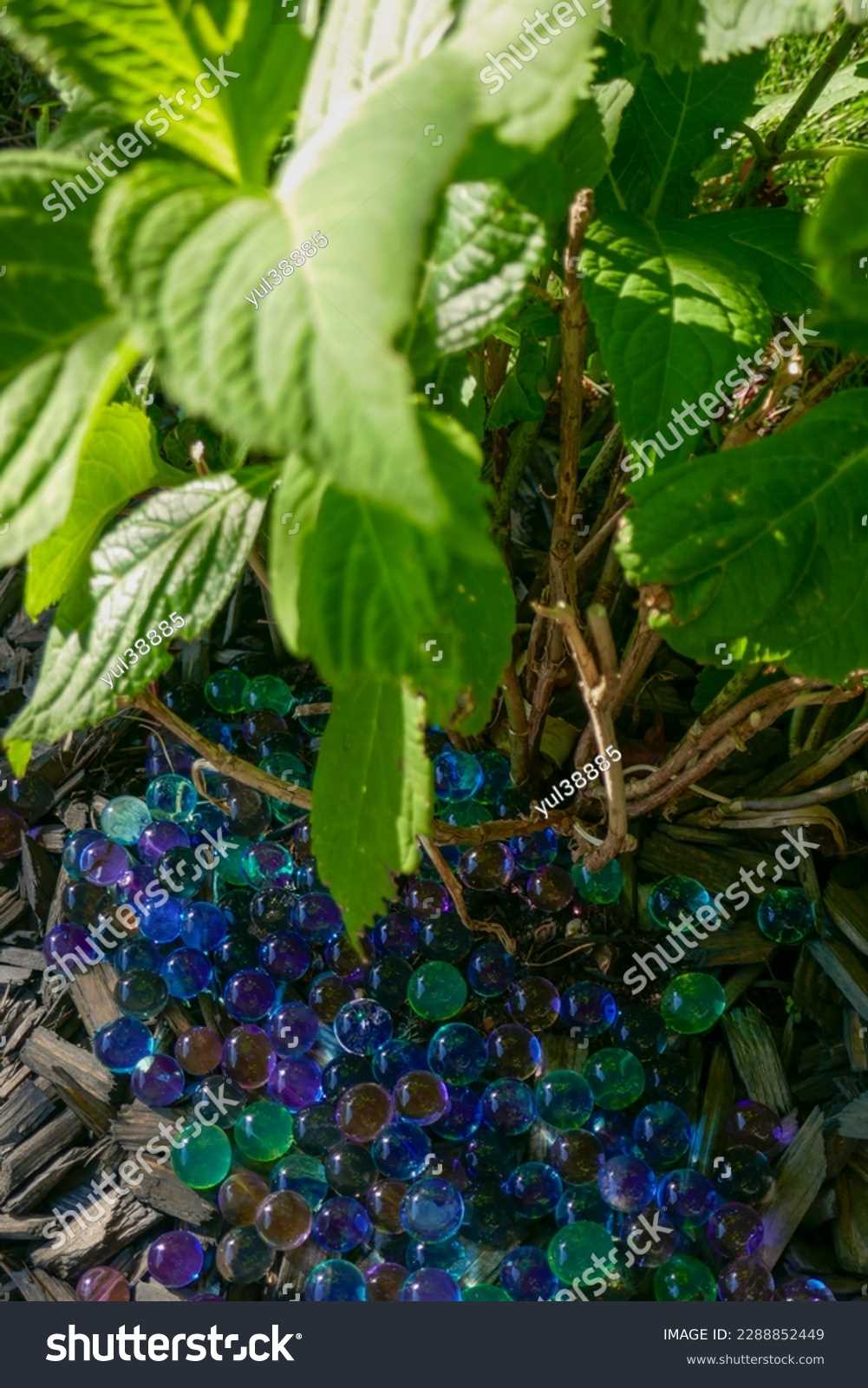
Violets prefer well-draining soil to prevent waterlogged roots. Choose a potting mix specifically formulated for African violets or make your own by combining peat moss, vermiculite, and perlite. This will ensure proper drainage and aeration for the roots.
5. Maintain proper humidity levels
African violets thrive in environments with moderately high humidity. To increase humidity around your plants, you can place a tray filled with water near the plants or use a humidifier. Avoid misting the leaves, as this can lead to leaf spotting and other fungal issues.
6. Feed your violets regularly
Provide your violets with regular feeding to ensure they receive essential nutrients for healthy growth. Use a balanced violet fertilizer or a fertilizer specifically formulated for African violets. Follow the package instructions for proper application and avoid over-fertilization, as it can damage the plants.
7. Prune and remove dead or diseased parts
Regularly inspect your violets for any dead or diseased leaves, flowers, or stems. Prune these parts using clean and sharp pruning shears to prevent the spread of diseases. Removing dead or dying parts will also encourage new growth and overall plant health.
8. Repot your violets as needed
If you notice that your violets have outgrown their pots or the soil has become compacted, it’s time to repot them. Choose a slightly larger pot and fresh potting mix to provide the plants with enough room to grow. Repotting helps rejuvenate the plants and promotes healthy root development.
9. Keep a consistent temperature
Violets prefer a stable and moderate temperature range of around 65-75°F (18-24°C). Avoid placing them in drafty areas or near temperature fluctuations. Fluctuations in temperature can stress the plants and impede their revival process.
10. Be patient and observe
African violets may take some time to revive and show signs of improvement. Be patient and continue providing them with proper care and attention. Observe your plants closely for any changes or improvements, and adjust your care routine accordingly.
Following these tips and tricks can greatly increase your chances of successfully reviving your old violets. Remember to always provide them with the right conditions, care, and patience they need to thrive.
Frequently Asked Questions about Hydrogel and Violets
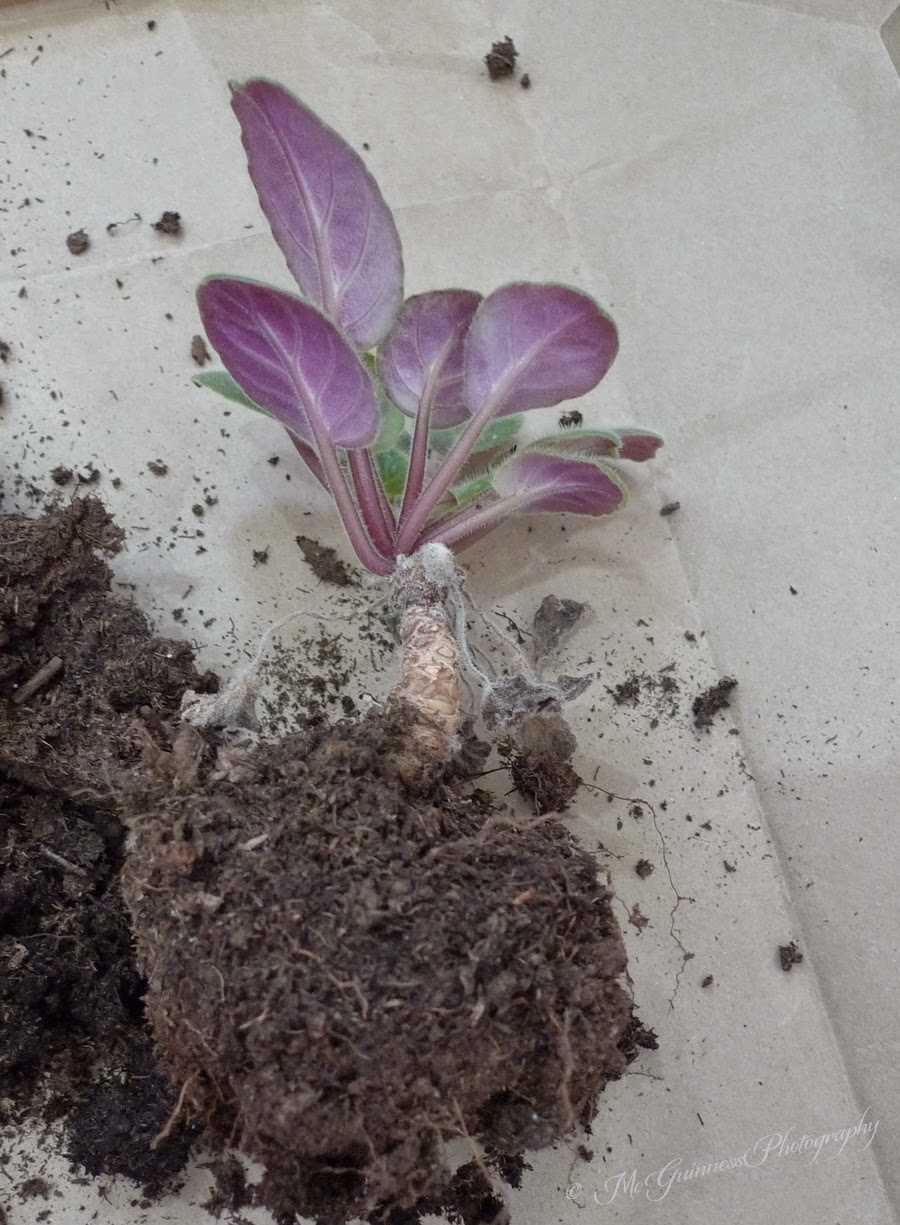
1. What is hydrogel and how does it work?
Hydrogel is a water-absorbing polymer that can hold and release water efficiently. It is commonly used in gardening and agriculture to improve water retention in the soil. When hydrogel comes into contact with water, it swells and forms a gel-like substance that slowly releases water to the surrounding plants.
2. How can hydrogel help to revive old violets?
Hydrogel can help revive old violets by providing them with a consistent and adequate water supply. The gel-like substance formed by hydrogel helps to retain moisture around the violets’ roots, preventing dehydration and allowing the plants to absorb water as needed.
3. Is hydrogel safe for violets?
Yes, hydrogel is safe for violets when used correctly. It is a non-toxic substance that is commonly used in plant care products. However, it is important to follow the instructions provided by the manufacturer and not to overuse hydrogel, as excessive moisture can lead to root rot and other issues.
4. How often should hydrogel be applied to violets?
The frequency of hydrogel application can vary depending on factors such as the size of the pot, the type of violet, and the environmental conditions. It is generally recommended to reapply hydrogel every 2-3 months or as needed, especially during the hot and dry seasons when water evaporation is higher.
5. Can hydrogel be used with other potting mixes?
Yes, hydrogel can be used with other potting mixes. It can be mixed with the soil or added directly to the potting mix during planting. However, it is important to ensure that the hydrogel is evenly distributed and not concentrated in one area to prevent uneven water distribution.
6. Can I reuse hydrogel after it has been used with violets?
Yes, hydrogel can be reused after it has been used with violets. To reuse hydrogel, simply rehydrate it by soaking it in water until it swells again. However, it is important to clean the hydrogel thoroughly before reusing it to remove any debris or contaminants.
7. Where can I purchase hydrogel for violets?
Hydrogel for violets can be purchased at garden centers, online gardening stores, or specialty plant care shops. It is available in various forms such as granules or powder. Make sure to check the product specifications and choose a hydrogel suitable for the needs of violets.
8. Are there any alternatives to hydrogel for violets?
Yes, there are alternative methods to improve water retention for violets. Some alternatives include using self-watering pots, adding a layer of mulch on top of the soil, or using a moisture-retaining potting mix. These methods can help reduce water evaporation and maintain the moisture level around the violets’ roots.
Caring for Revived Violets: Maintenance and Beyond
Watering
Proper watering is essential for the health and longevity of your revived violets. While the hydrogel helps retain moisture, it is still necessary to provide regular watering. Aim to keep the soil evenly moist, but not soggy. Water your violets when the top inch of soil feels dry to the touch.
Lighting
Violets thrive in bright, indirect light. Place your plants near a window that receives filtered sunlight throughout the day. Avoid placing them in direct sunlight, as it can scorch their leaves. If you notice your violets leaning towards the light source, rotate them every week to promote even growth.
Fertilizing
Regular fertilizing is important for ensuring healthy growth and vibrant blooms in your violets. Use a balanced, water-soluble fertilizer specifically formulated for African violets. Follow the instructions on the packaging for the correct dilution ratio and frequency of application. Be careful not to over-fertilize, as it can lead to salt buildup and damage to the roots.
Pruning and Pinching
To maintain compact and bushy growth, regularly pinch back the growing tips of your violets. Use your fingers or clean scissors to remove the top inch of the stem, just above a leaf. This encourages branching and prevents the plant from becoming leggy. Additionally, remove any dead or yellowing leaves to keep the plant clean and prevent the spread of diseases.
Potting and Repotting
As your violets grow, they may outgrow their current pots. Repotting is necessary to provide them with fresh soil and space for their expanding root system. Choose a pot that is slightly larger than the current one and has drainage holes. Use a well-draining African violet potting mix and gently remove the plant from its old pot, being careful not to damage the fragile roots. Place the plant in the new pot, fill the remaining space with soil, and water thoroughly.
Pest and Disease Control
Regularly inspect your violets for signs of pests, such as aphids, mealybugs, or spider mites. If you notice any infestation, promptly treat it with an appropriate insecticide or insecticidal soap. Additionally, monitor your plants for any signs of diseases, such as powdery mildew or root rot. Proper watering, good air circulation, and cleanliness are key to preventing these issues.
Table of Care Guidelines
| Aspect | Guidelines |
|---|---|
| Watering | Keep soil evenly moist, watering when the top inch is dry. |
| Lighting | Provide bright, indirect light; avoid direct sunlight. |
| Fertilizing | Use a balanced, water-soluble fertilizer for African violets; follow instructions for dilution and frequency. |
| Pruning and Pinching | Regularly pinch back the growing tips to promote bushy growth. |
| Potting and Repotting | Repot when the plant outgrows its current pot using well-draining African violet potting mix. |
| Pest and Disease Control | Regularly inspect for pests and diseases; promptly treat if necessary. |
Conclusion
With proper care and maintenance, your revived violets can thrive for years to come. Remember to water consistently, provide adequate lighting, fertilize regularly, prune and pinch for bushier growth, repot when necessary, and keep an eye out for pests and diseases. By following these guidelines, you can enjoy the beauty of your rejuvenated violets and ensure their long-lasting health.
Q&A:
What is hydrogel and how does it work?
Hydrogel is a water-absorbing polymer that can hold up to 400 times its weight in water. When mixed with soil, it forms a gel-like substance that helps retain moisture and nutrients for plant roots.
Can hydrogel help revive old violets?
Yes, hydrogel can be used to rejuvenate old violets. By adding hydrogel to the potting soil, it can help the plants retain water and nutrients, allowing them to recover and thrive.
How do I use hydrogel to revive my violets?
To use hydrogel, simply mix it with the potting soil before planting or repotting your violets. Follow the instructions on the packaging for the correct ratio of hydrogel to soil, and water the plants regularly to activate the hydrogel and keep the soil moist.
How long does it take for violets to show signs of improvement with hydrogel?
The time it takes for violets to show signs of improvement with hydrogel can vary depending on their condition and the specific care they receive. However, in general, you may start to see improvements in a few weeks to a couple of months.
Can hydrogel be used for other types of plants?
Yes, hydrogel can be used for a wide range of plants, including flowers, vegetables, and herbs. It can help improve their water and nutrient retention, resulting in healthier and more vibrant growth.
Where can I buy hydrogel for plant care?
Hydrogel can be purchased at gardening stores, nurseries, or online. It is available in various forms, such as granules or powder. Be sure to choose a high-quality hydrogel that is suitable for plant use.
Video:
Repotting African Violets // Garden Answer
